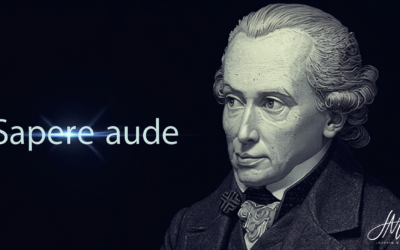The AI revolution is in full swing. In this rapidly evolving landscape, the ability to optimize Large Language Models (LLMs) is a critical factor for business success.
Retrieval Augmented Generation (RAG) and Fine Tuning are comparable to the tools a mechanic uses to optimize the engine. These techniques form the foundation for outstanding AI applications. They enable companies to develop customized solutions precisely tailored to their needs. The resulting competitive advantage is considerable.
The crucial question, however, is how these techniques can be used effectively. How can companies take their AI applications to a new level? How can they stand out from the competition in the dynamic world of artificial intelligence? The following article will provide answers and show you the path to AI excellence.
The foundation: prompt engineering
“Every AI journey begins with Prompt Engineering.” This sentence succinctly illustrates the importance of prompt engineering as the foundation of every AI application. In our previous article: AI Prompting: The importance of precise instructions for AI systems, we highlighted the importance of prompting as the “AI driver’s license” for the modern business world. But prompting is only the first step.
The simple input made by the user is called the user prompt. Behind the user prompt, however, there is often a system prompt that is stored in assistants, CustomGPTs, or no-code automation and fundamentally controls the behavior of the model. This level of interaction forms the basis for advanced optimization techniques.
RAG: The flexible extension of knowledge
Retrieval Augmented Generation (RAG) extends the capabilities of language models (LLMs) by incorporating external information sources into the generation process. RAG enables the efficient use and integration of unstructured data into the decision-making process of the AI model.
The RAG process can be divided into the following steps:
- Chunking: Large text documents are divided into smaller, usable sections (chunks).
- Embedding: A specialized embedding LLM converts these text chunks into numeric vectors that represent the semantic meaning of the text.
- Vector database: These embeddings are stored in a vector database that enables an efficient search for similar content.
- Retrieval: Relevant chunks are retrieved from the vector database in response to a user query.
- Augmentation: The retrieved information is combined with the original query.
- Generation: The main LLM uses this augmented context to generate an informed response.
This process allows the inclusion of constantly updated external data without the need for a re-training phase of the entire model. This feature makes RAG ideal for applications that rely on up-to-date information, such as customer service chatbots or knowledge management systems in dynamic industries.
Fine Tuning: The macro perspective of model adaptation
In contrast to the RAG method, Fine Tuning aims to adapt the entire model to specific tasks or areas of expertise. Using the metaphor of the engine, Fine Tuning corresponds to fine-tuning the engine components for optimal performance under specific conditions.
Fine Tuning can be done in different ways, for example through supervised learning with large data sets or through few-shot learning techniques. The process allows the strengths of pre-trained models to be used and optimized for specific applications.
A key benefit of Fine Tuning is the ability to deeply integrate a company’s tone, style, and branding into the model. For companies that want to maintain a consistent and distinctive brand identity in all AI interactions, this is a particularly valuable aspect.
The disadvantage of Fine Tuning is that it is less flexible than RAG. Once fine-tuned, it is not easy to update the model with new information. It is therefore better suited to tasks where the knowledge area or requirements do not change frequently, such as compliance with company guidelines or the processing of specific, consistent customer inquiries.
Use cases and comparison
Let’s look at some examples to illustrate the differences between RAG and fine-tuning:
- Legal advice:
RAG: Ideal for accessing ever-changing laws and precedents.
Fine Tuning: Better for learning the specific language and reasoning of the legal system.
- Medical diagnosis:
RAG: Useful for accessing current research and treatment guidelines.
Fine Tuning: Effective for learning medical terminology and diagnostic patterns.
- Financial advice:
RAG: Provides access to current market data and economic news.
Fine Tuning: Helpful to internalize complex financial concepts and advisory strategies.
The path to AI agents
Companies should first familiarize themselves with the basic aspects before developing autonomous AI agents. Optimizing LLMs through prompt engineering, RAG, and Fine Tuning is a fundamental measure to ensure reliable and effective AI systems. Only by carefully applying these techniques can companies minimize hallucinations, reduce bias, and ensure the reliability of their AI applications.
Conclusion
The optimization of LLMs is not a one-size-fits-all solution, but rather a continuum of techniques that should be used depending on the application and requirements. Prompt Engineering forms the basis, RAG offers flexibility and timeliness, while Fine Tuning enables deep specialization.
Companies that master these techniques will be able to develop AI systems that are not only powerful, but also reliable and customized to their specific needs. In the rapidly evolving AI landscape, it is critical to understand and apply these optimization techniques before venturing into more complex areas such as autonomous AI agents.
By investing in these skills, your organization can meet the challenges and opportunities of the AI revolution. Those who not only use AI, but perfect it, will be successful in the future.






